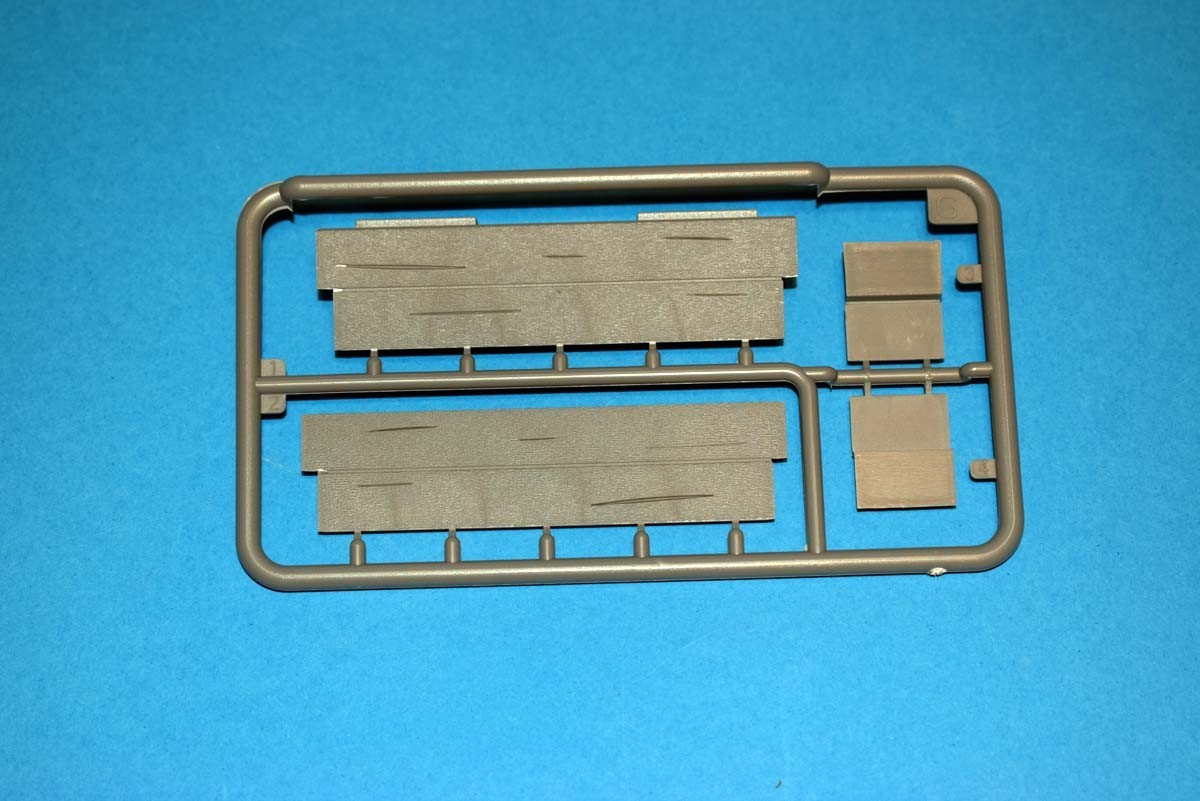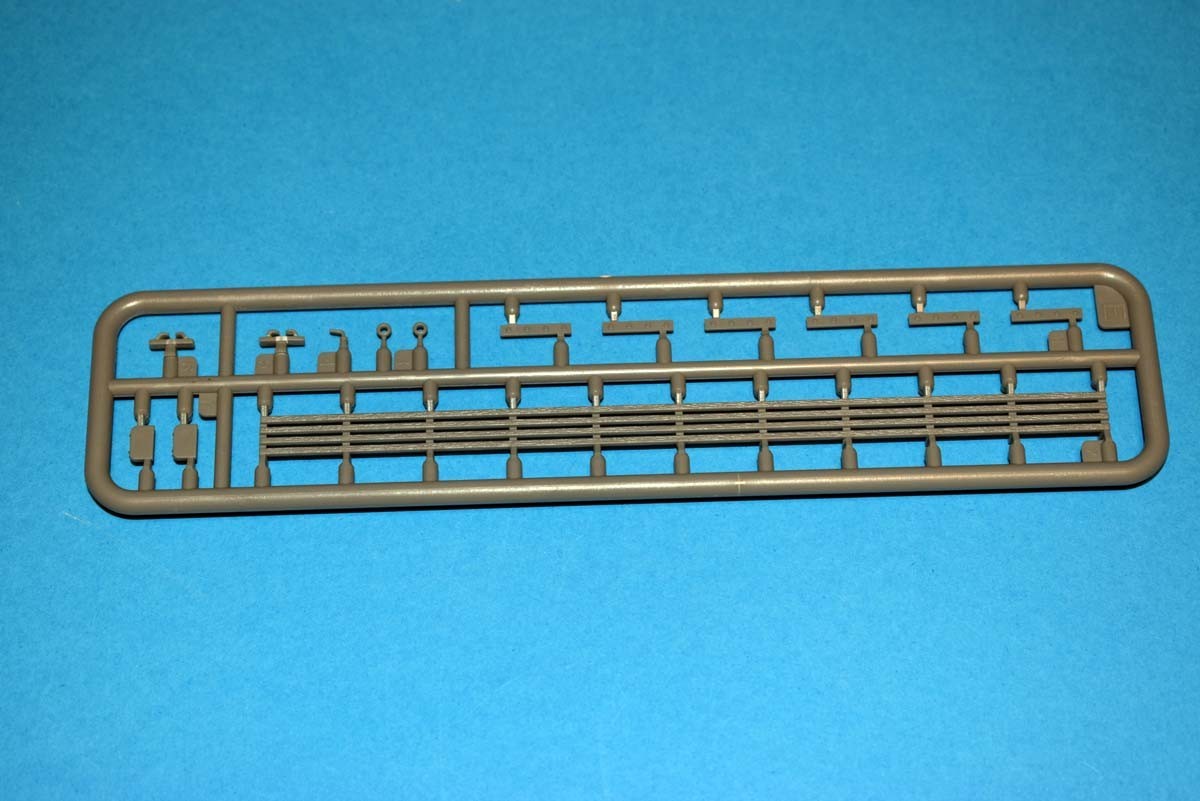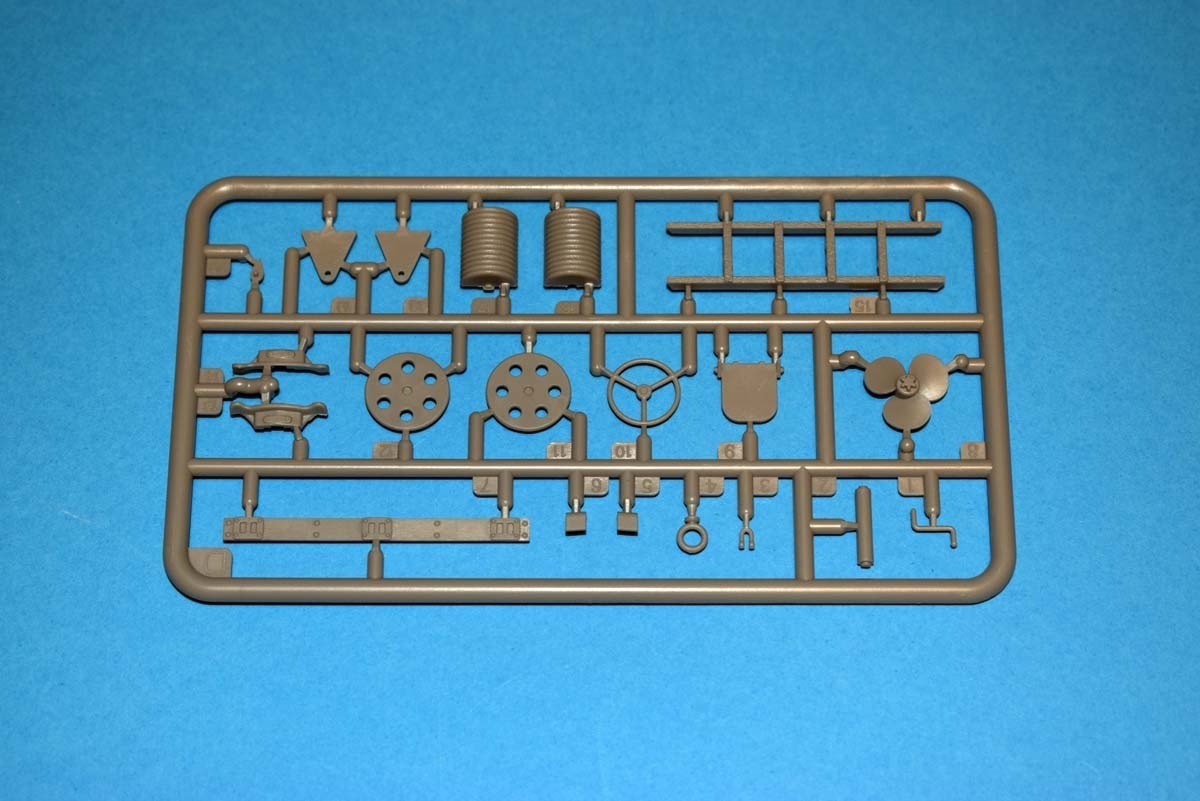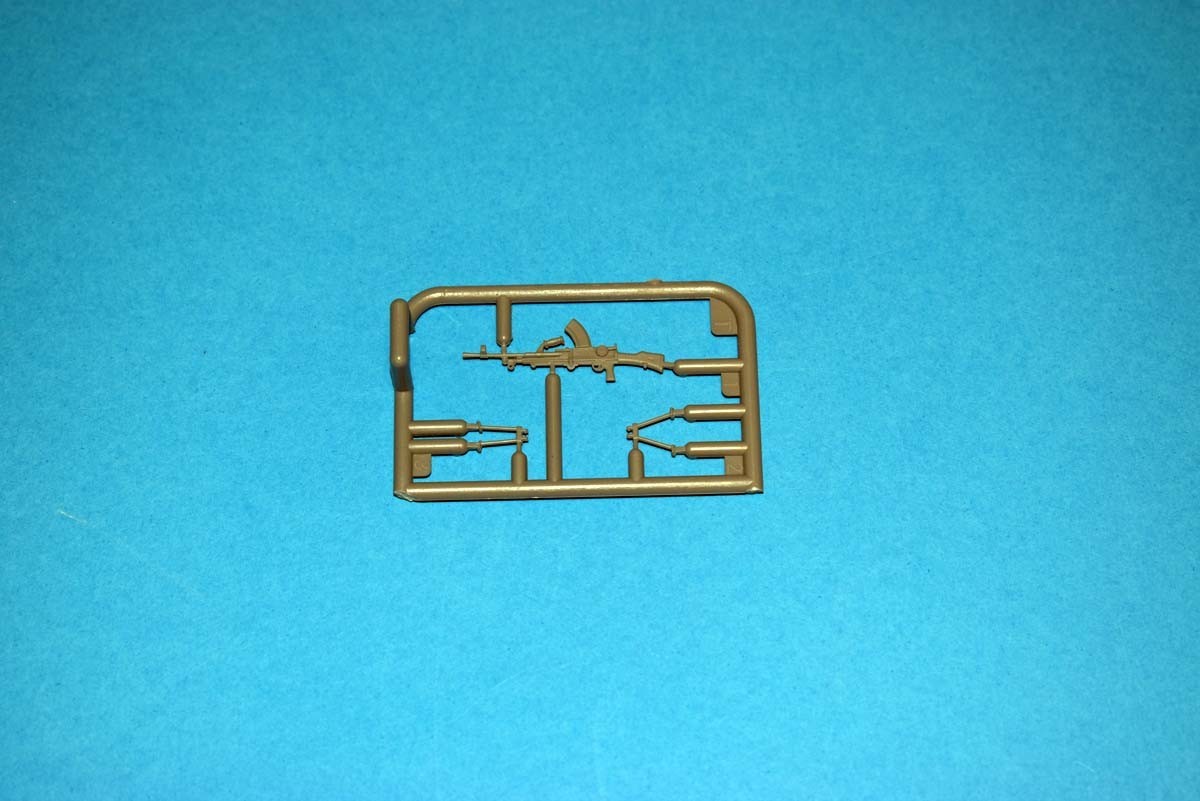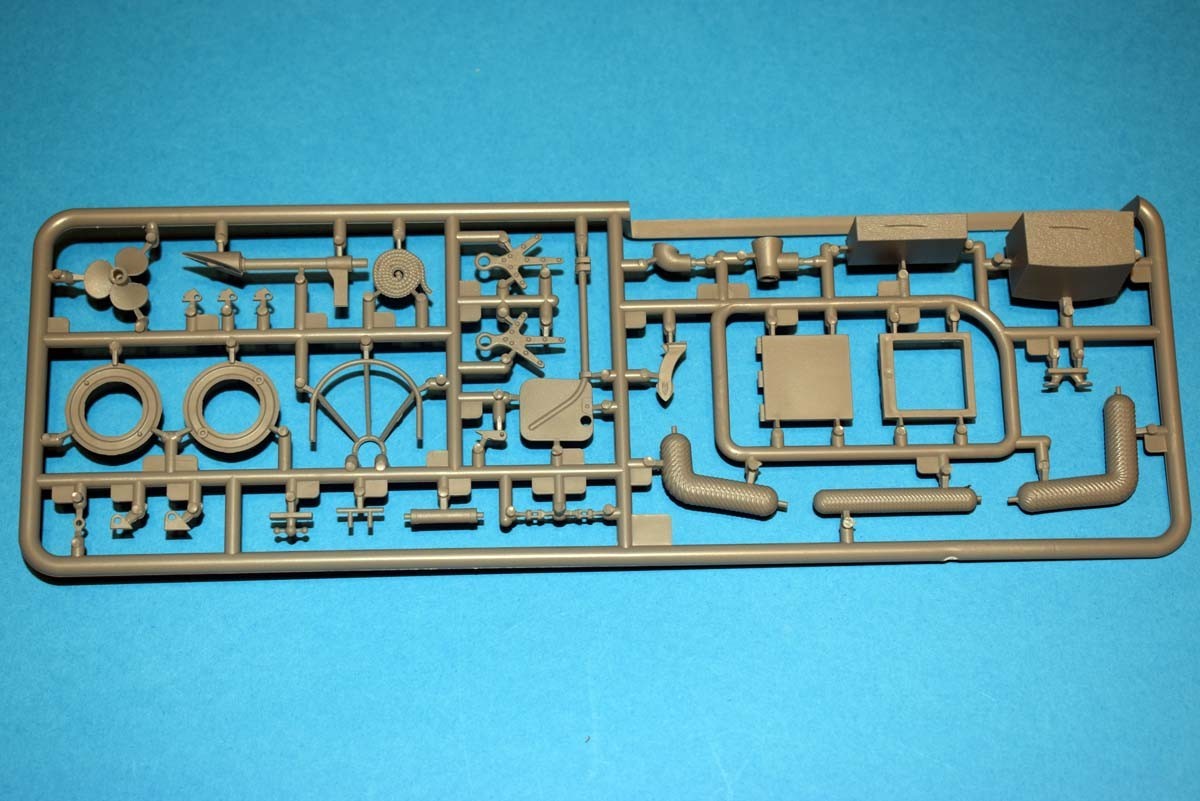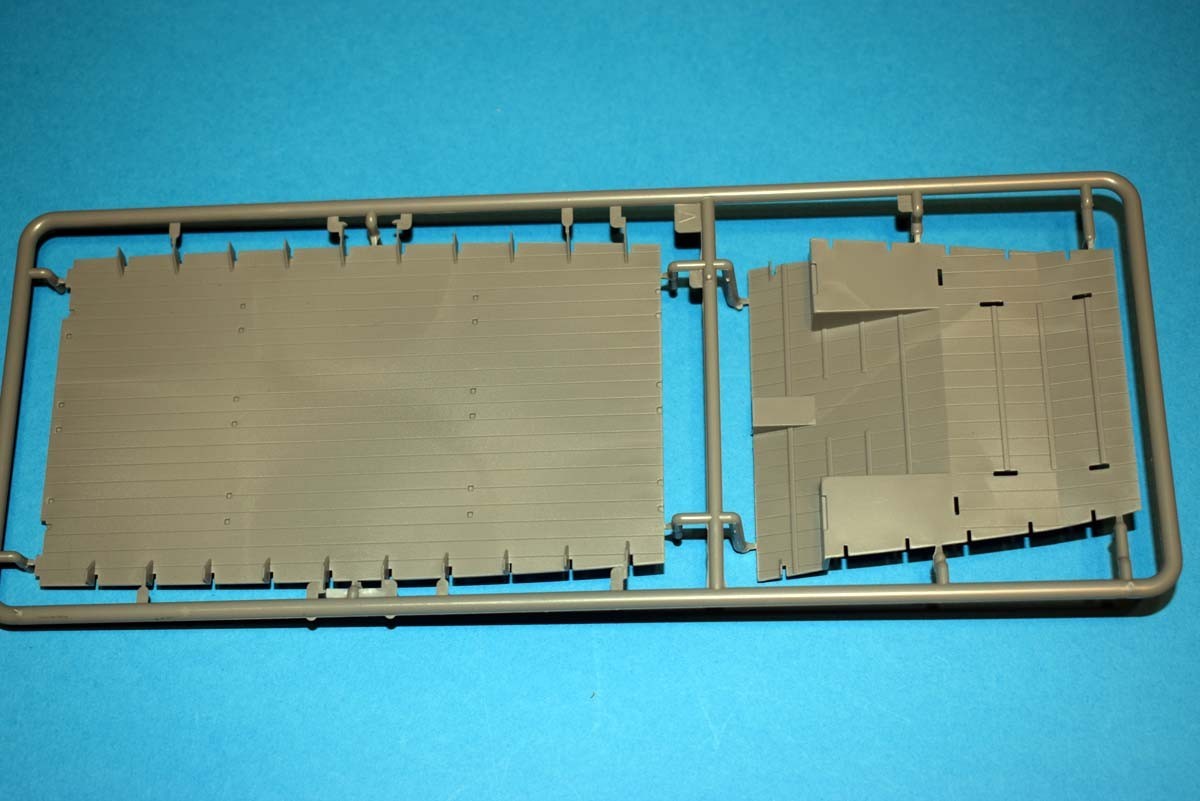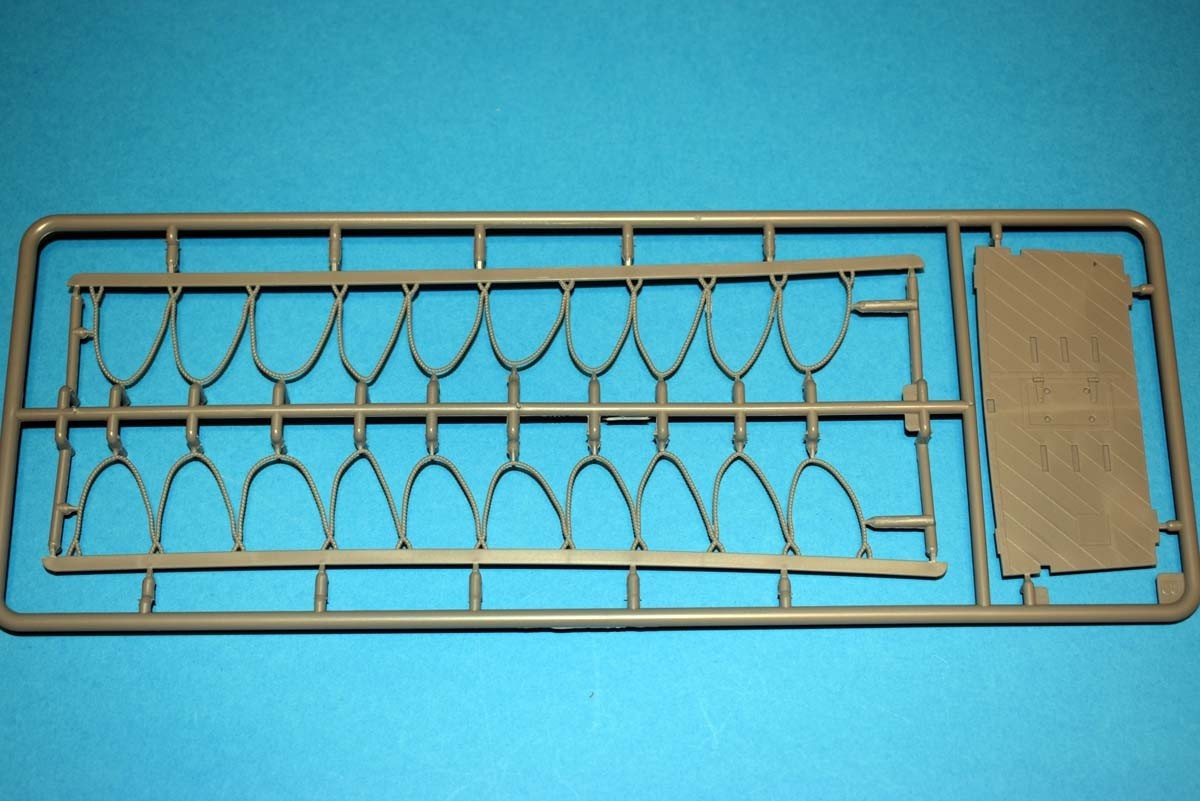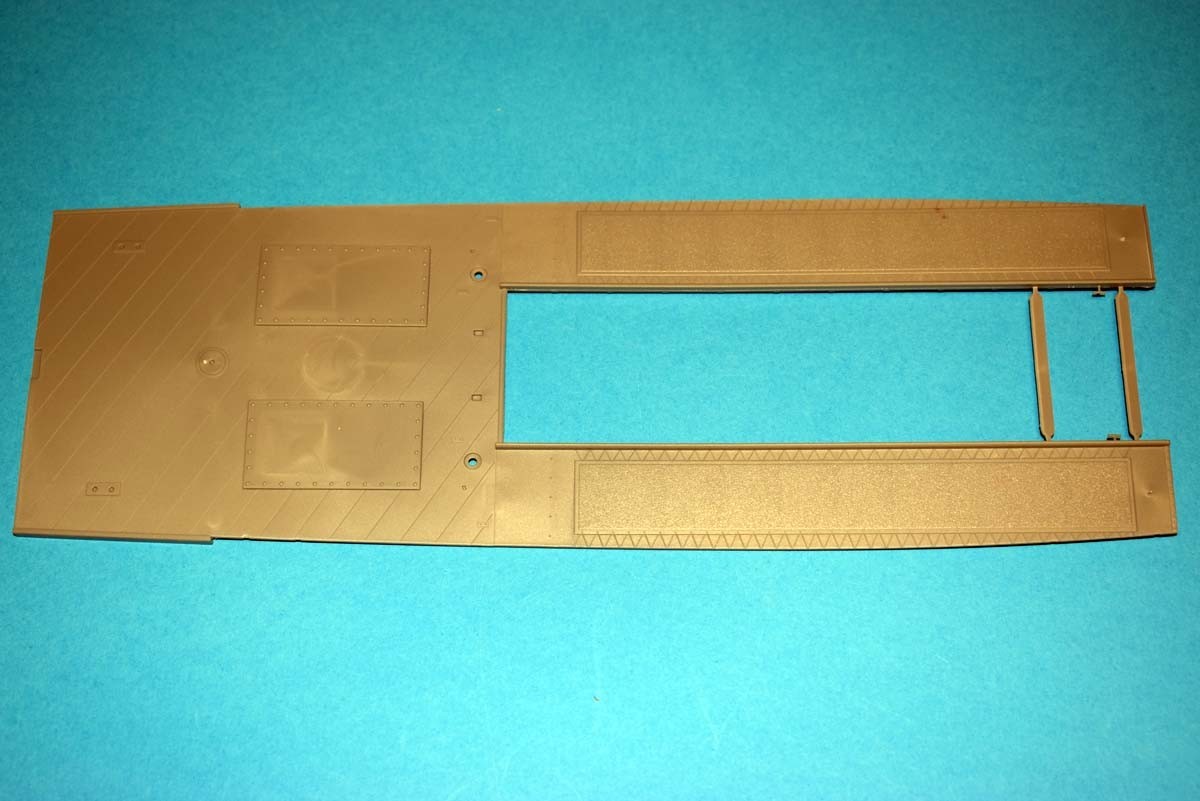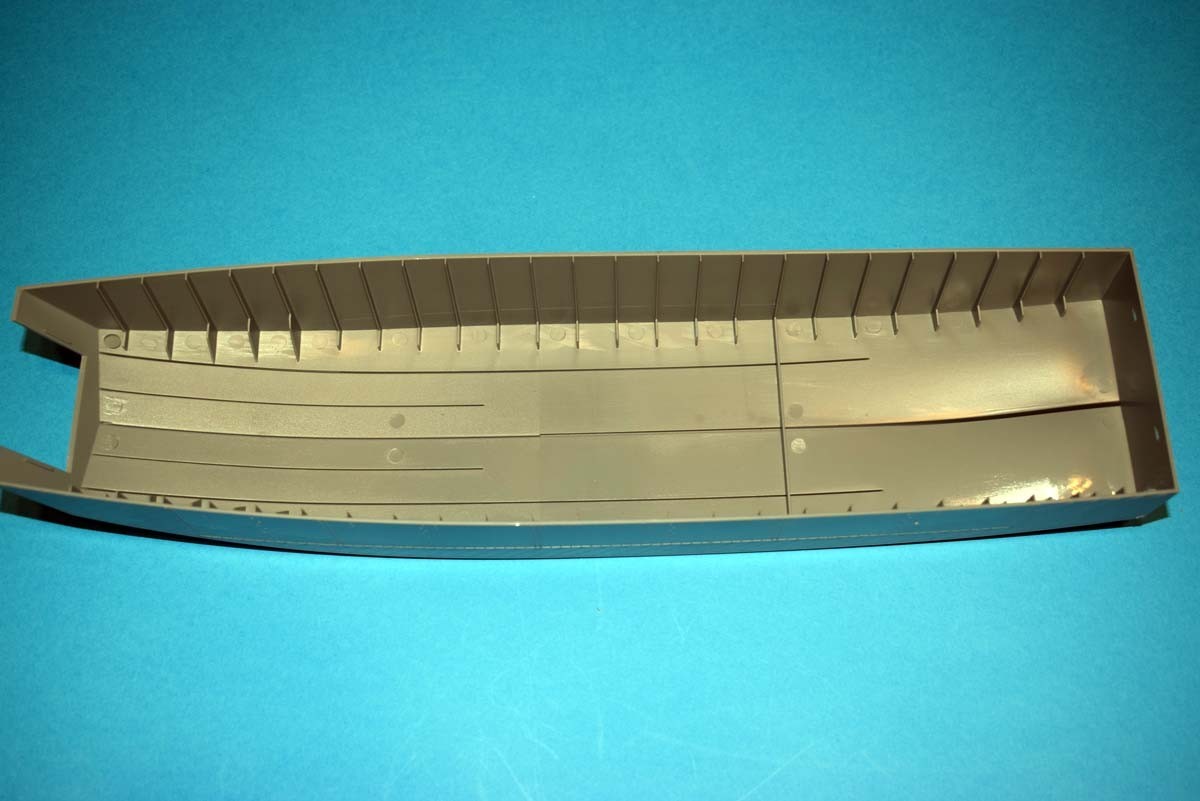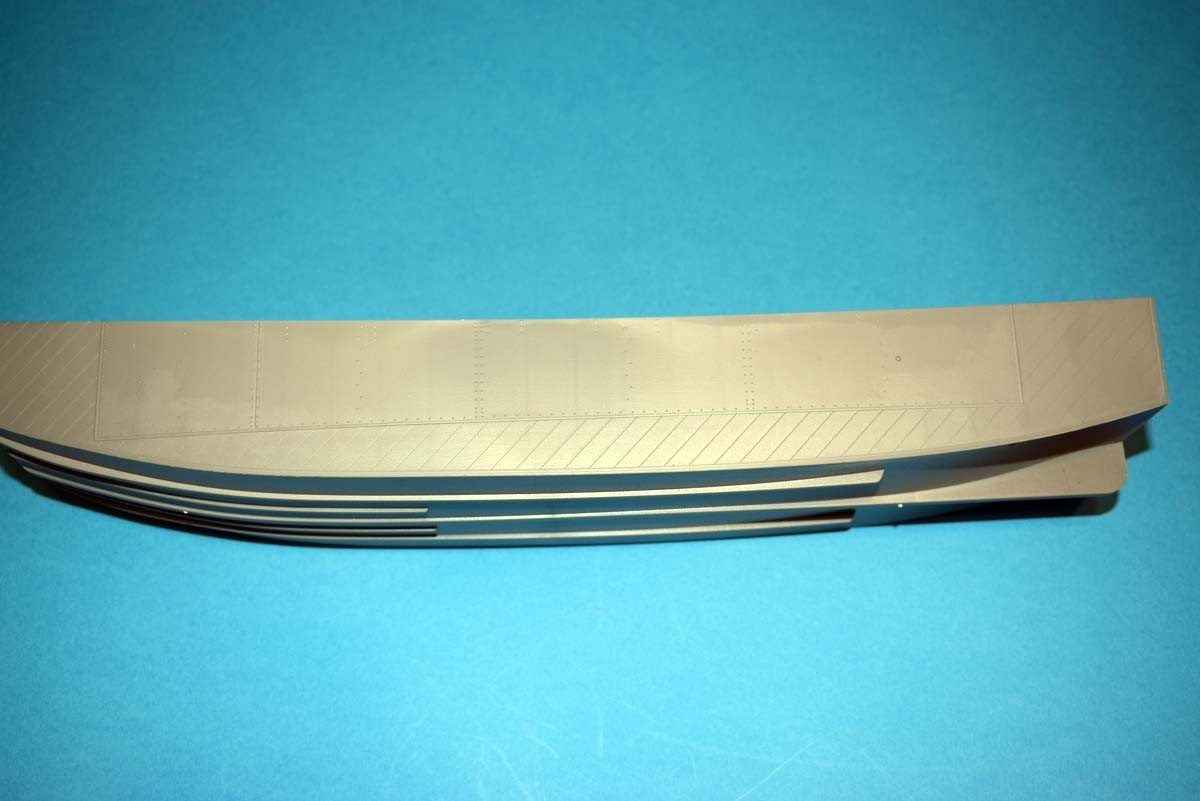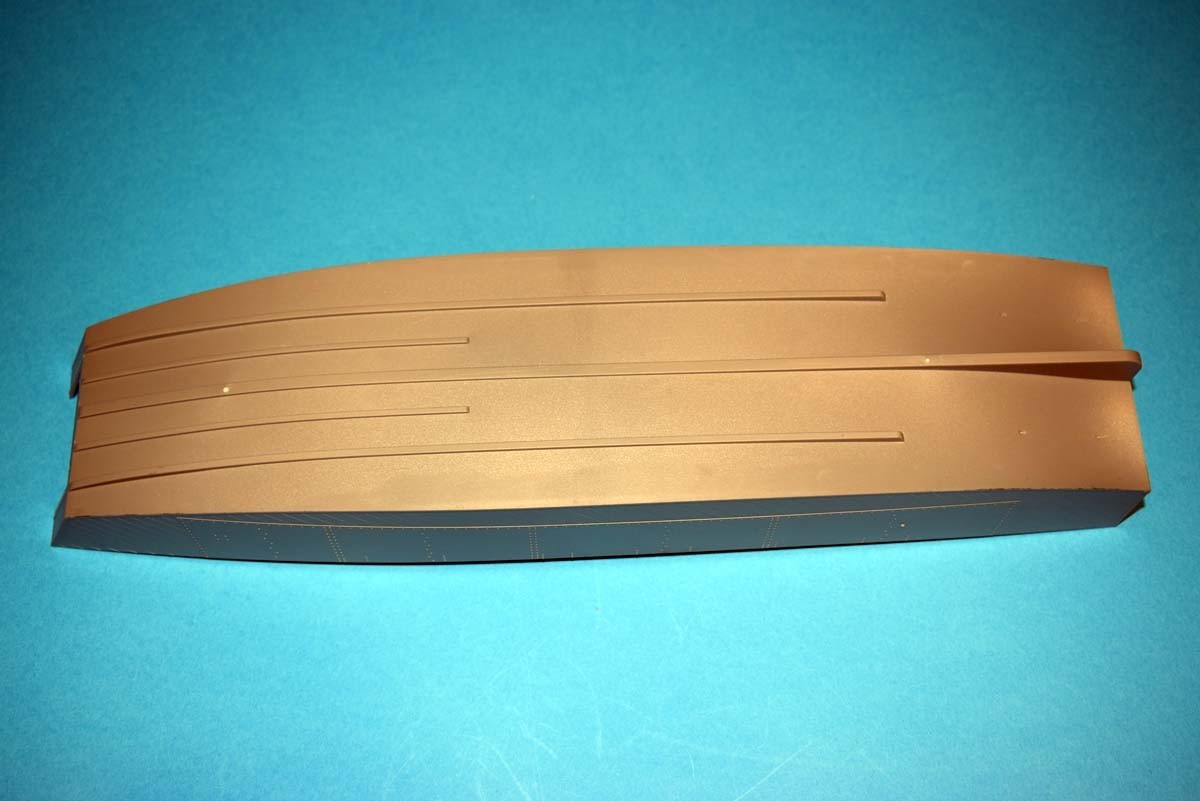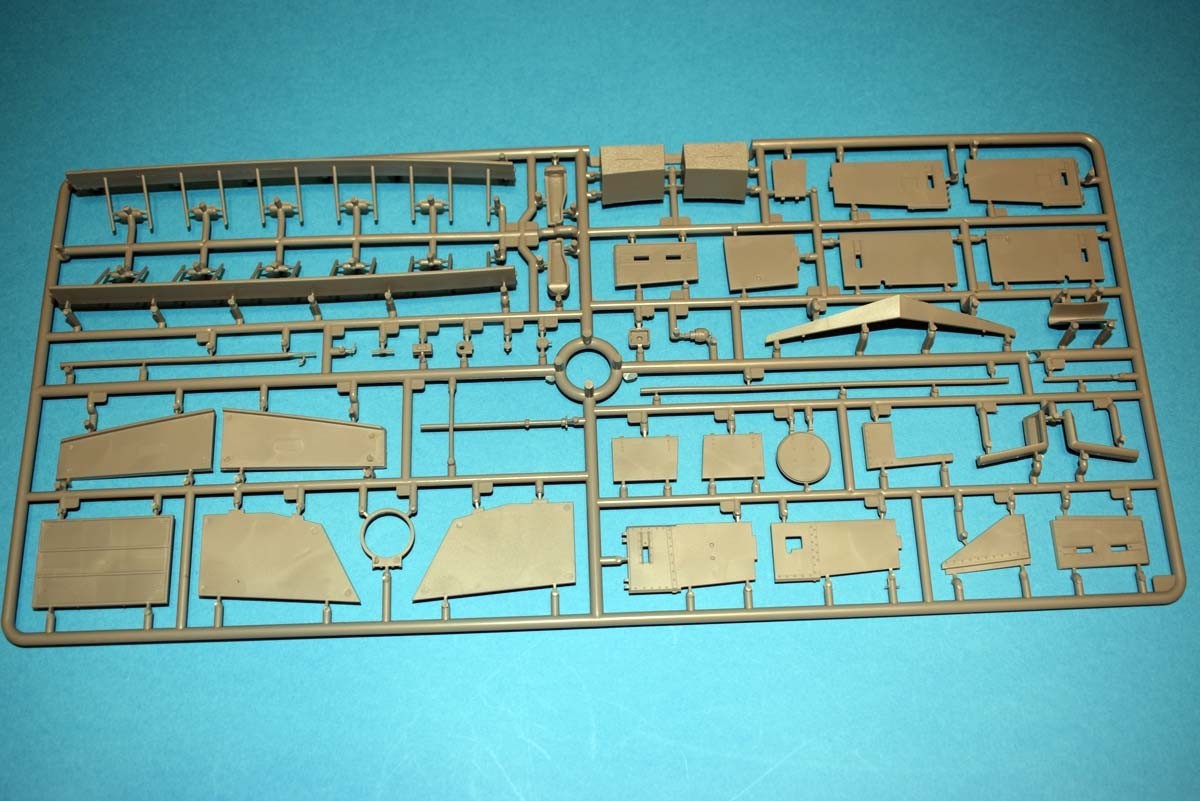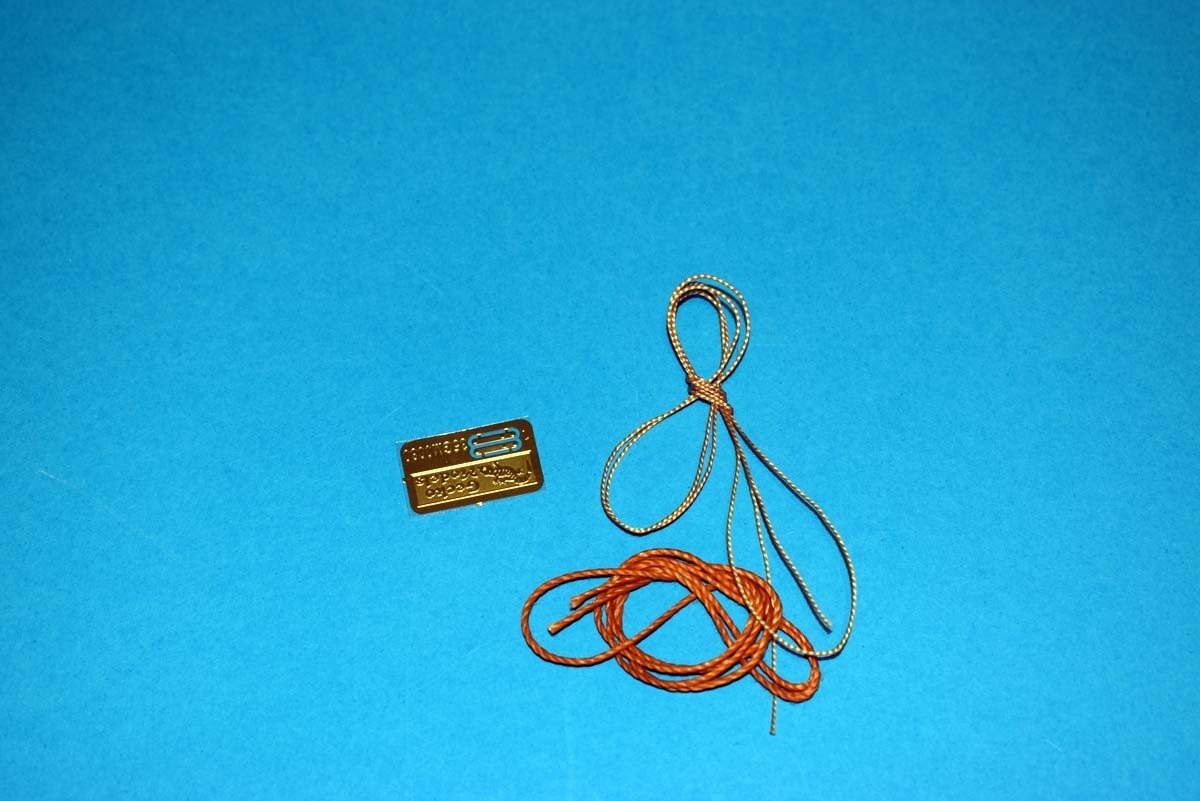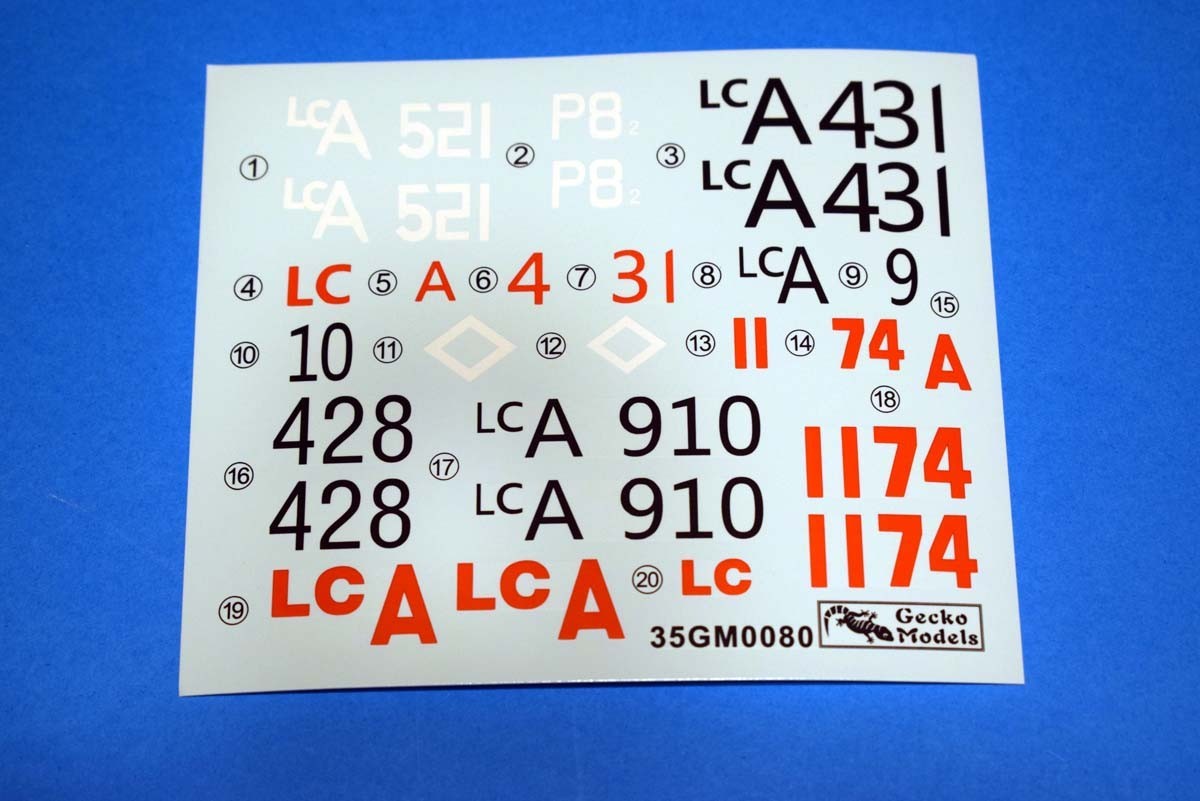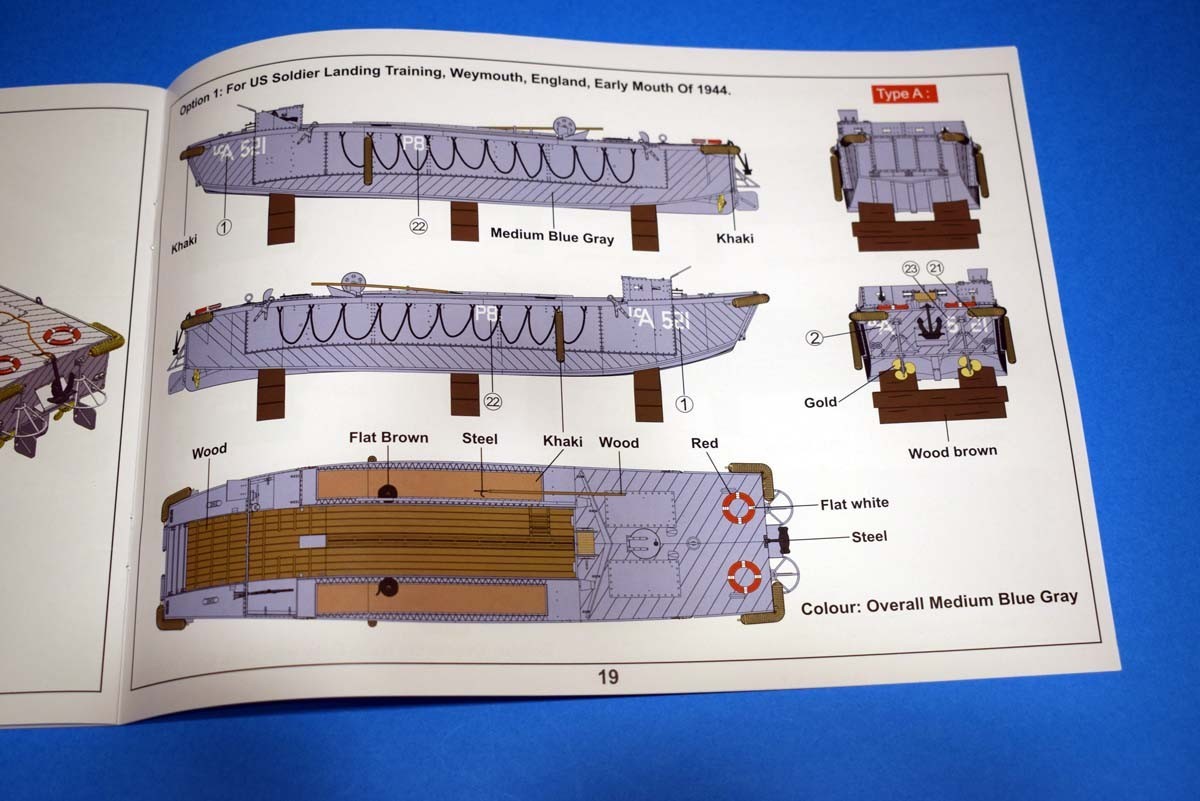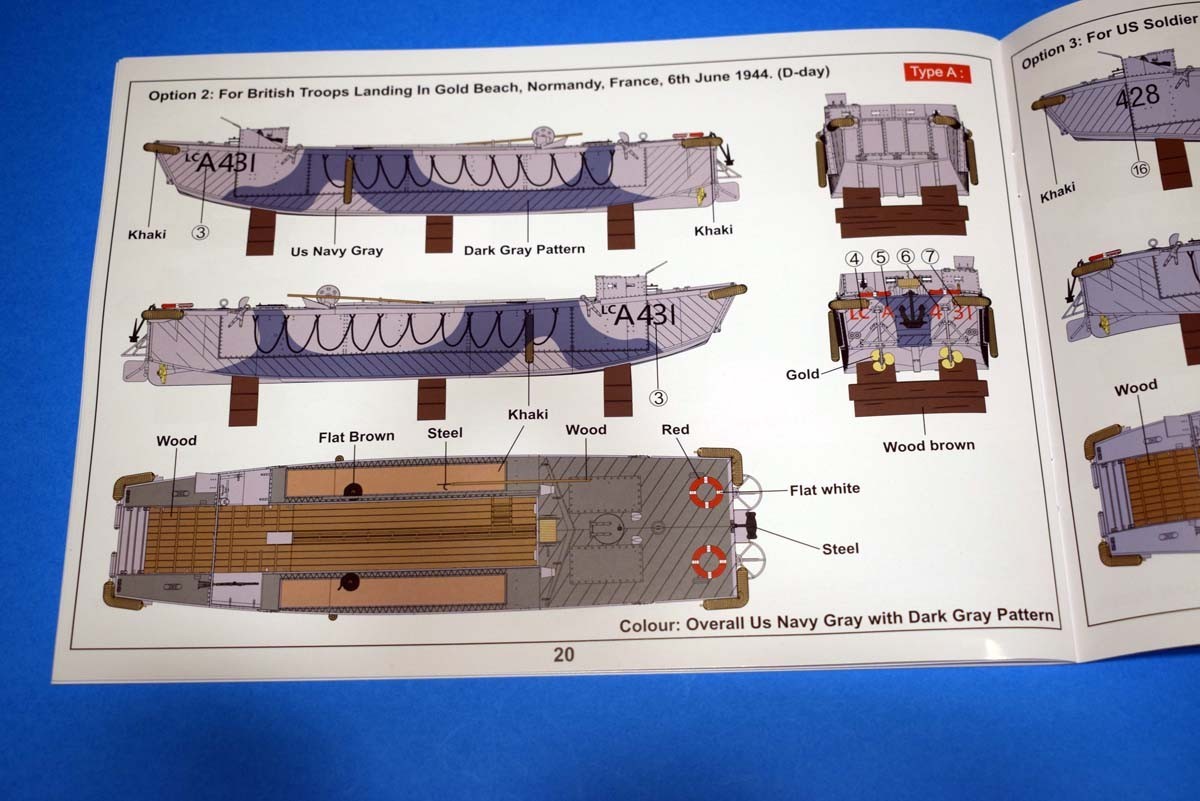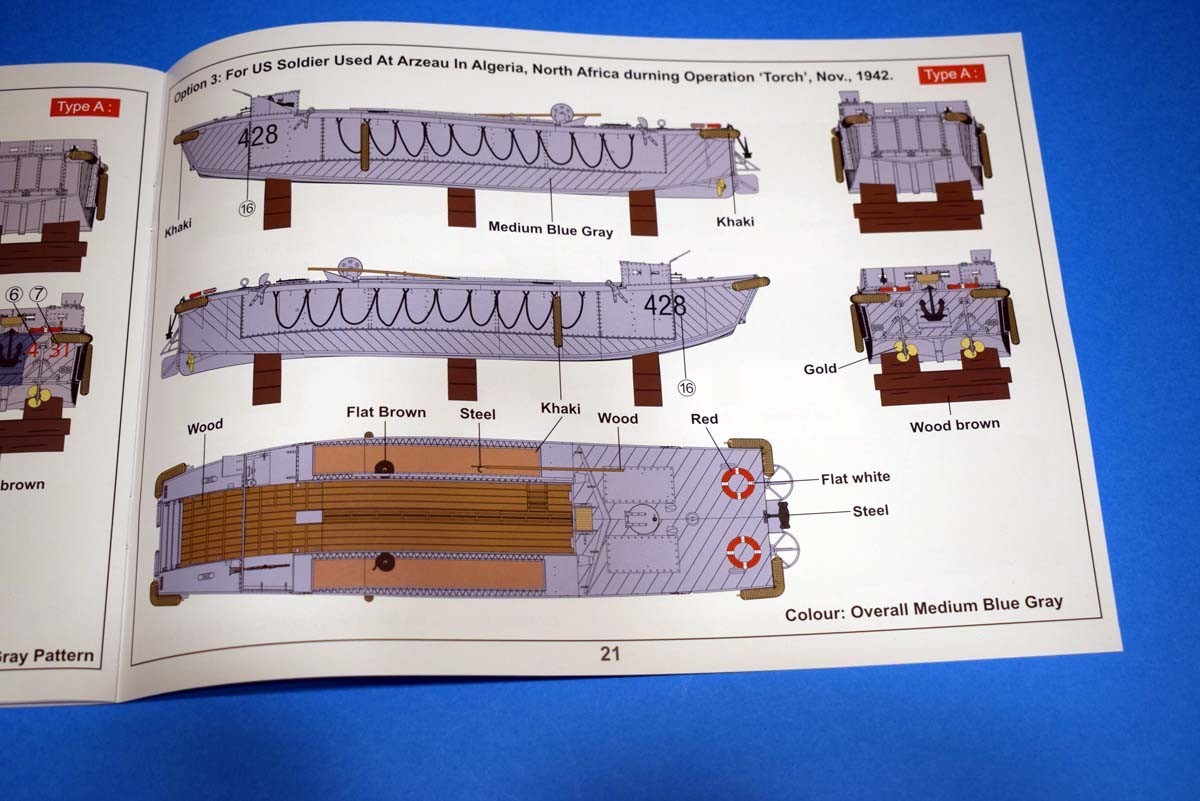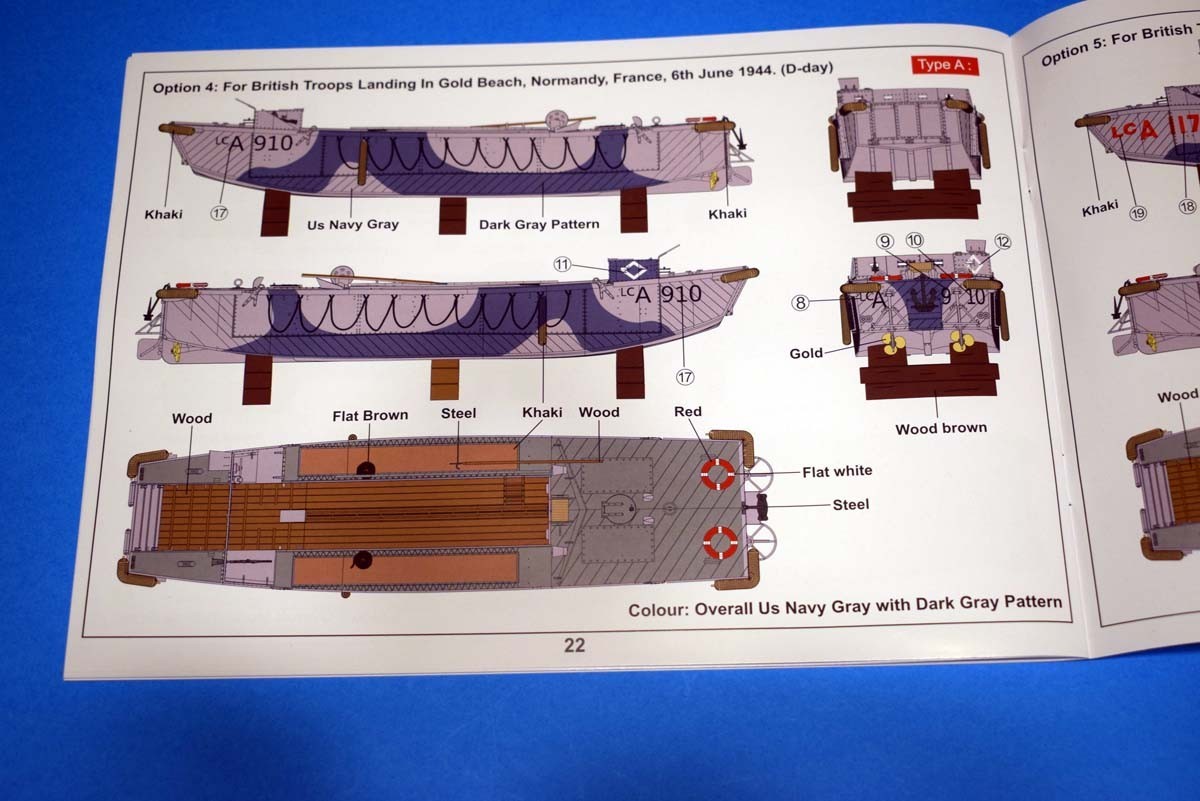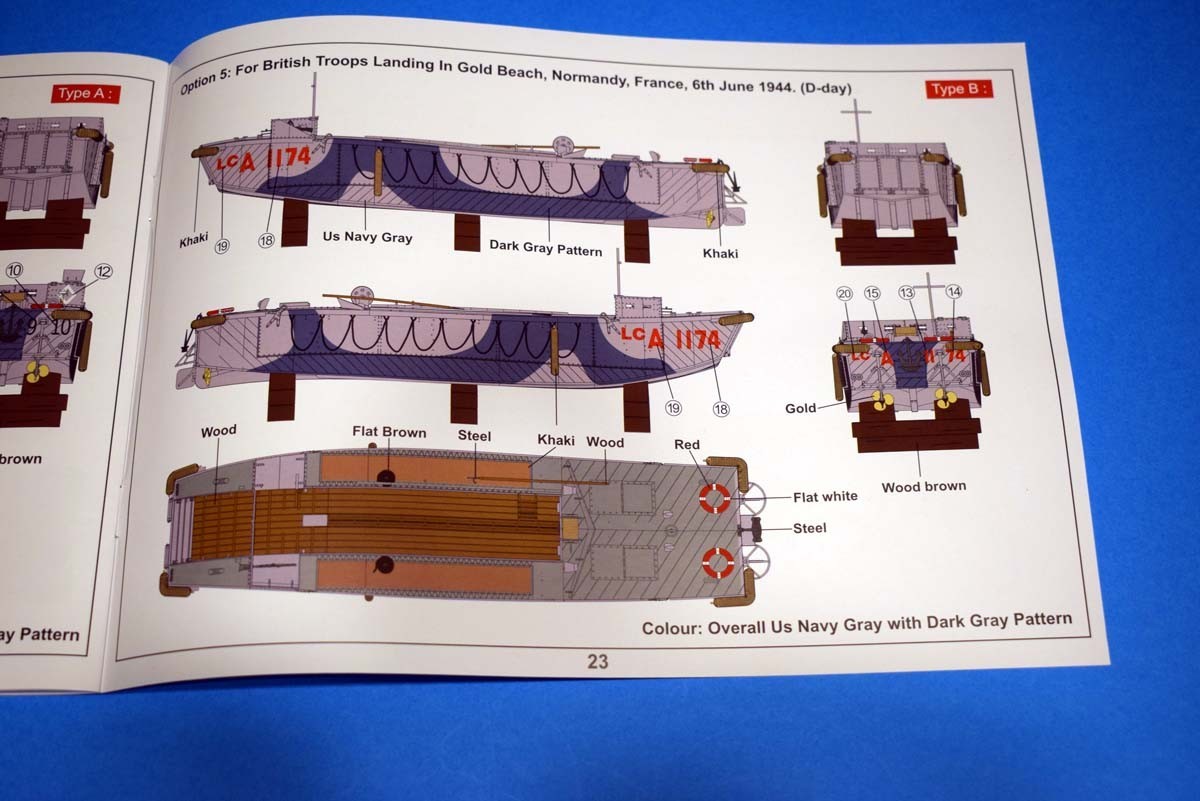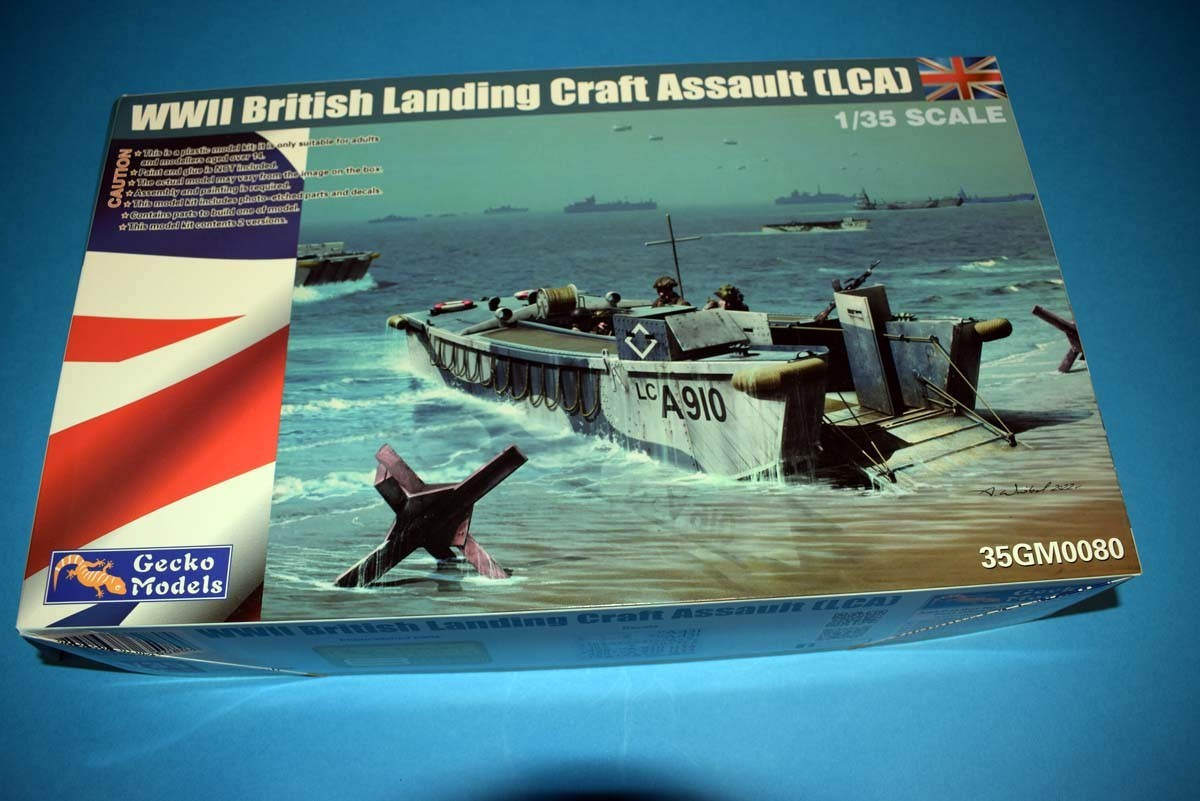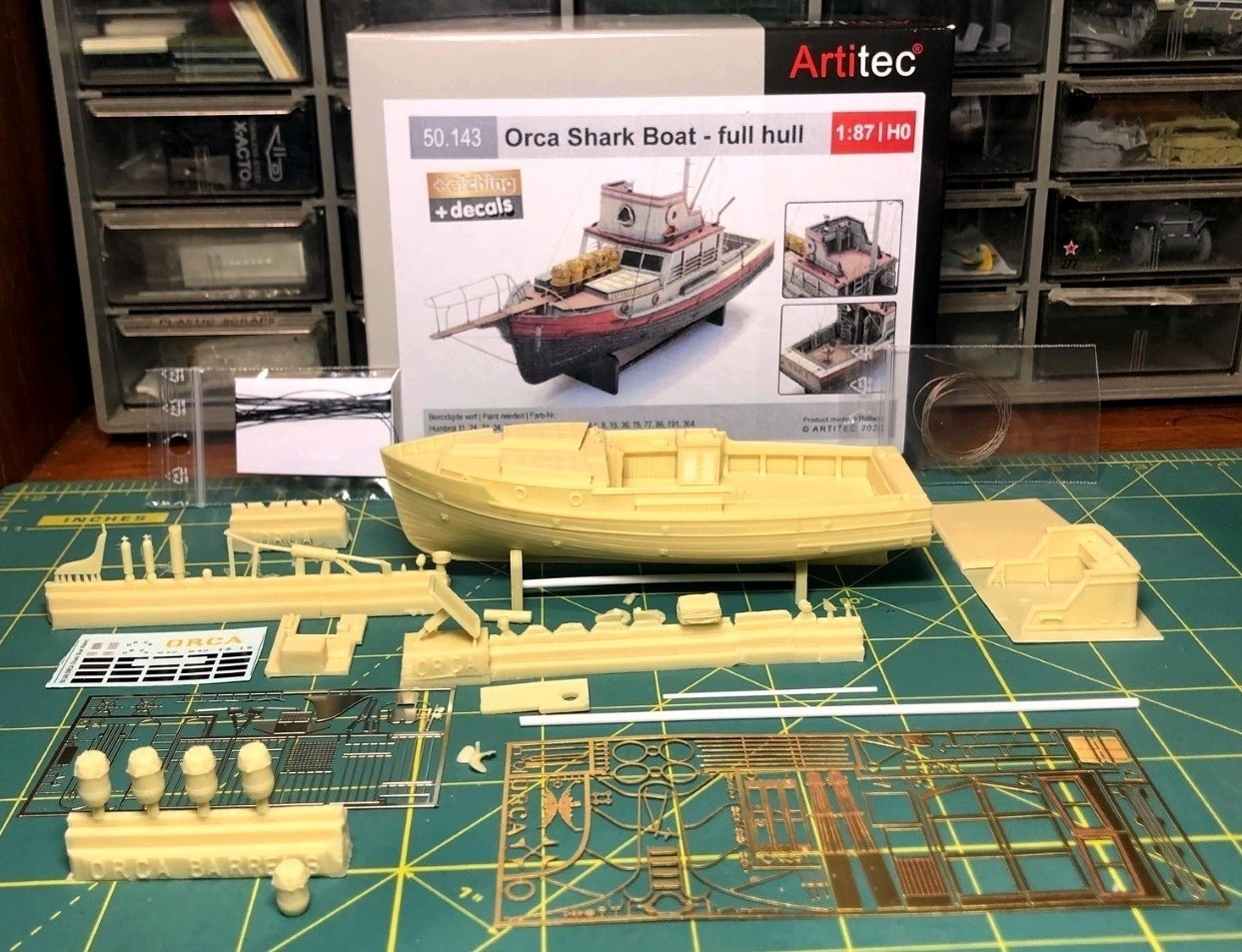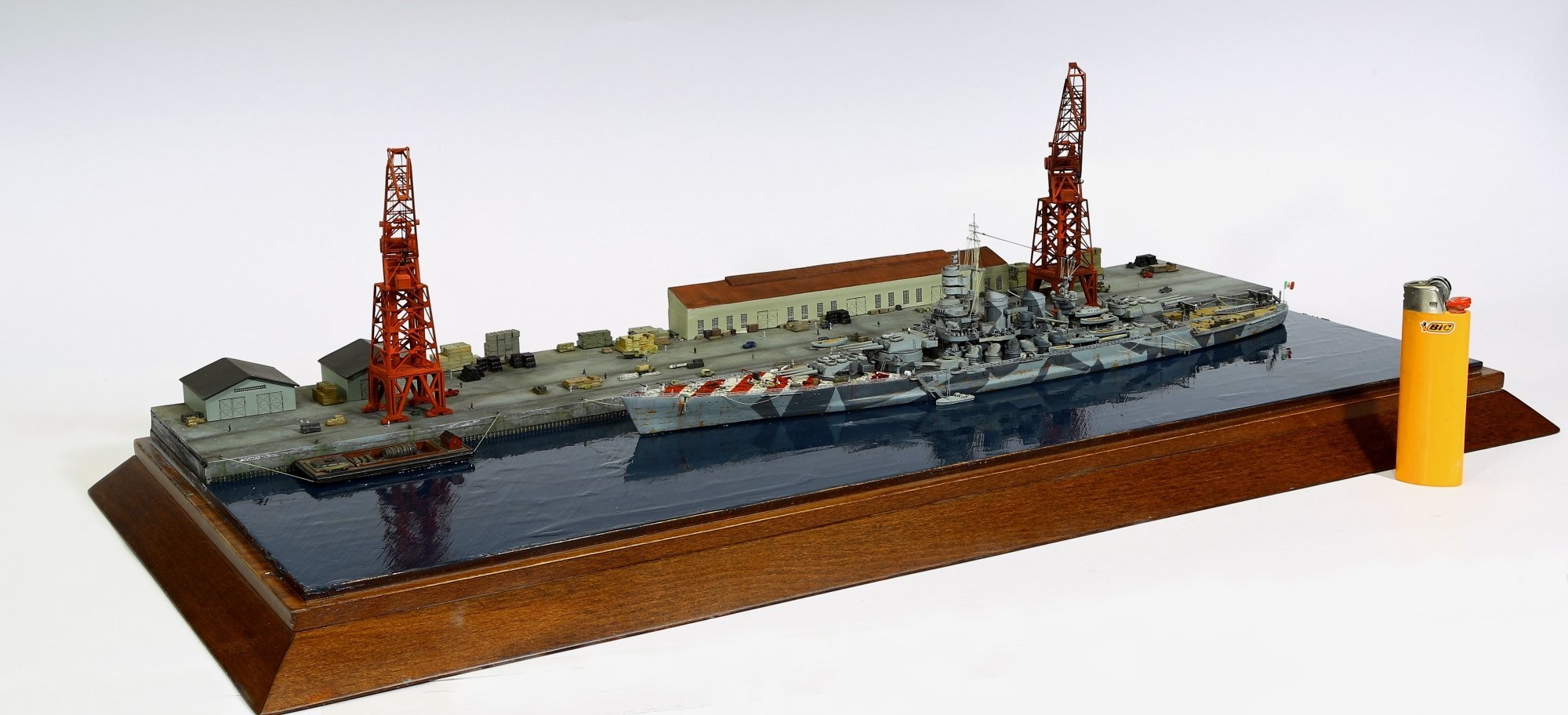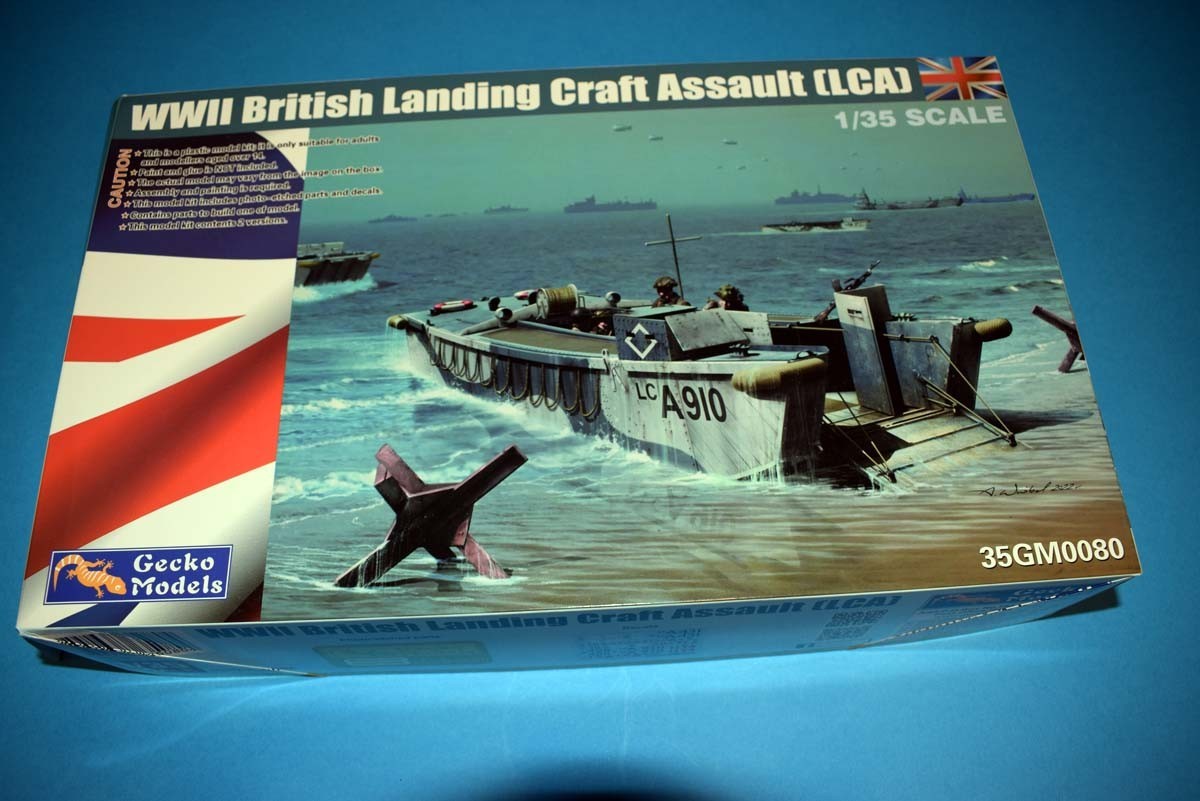
Introduction
The following introduction is as provided by Gecko Models:
When the mechanisation of the British army was accelerated in the late 1930s, a number of major commercial vehicle manufacturers were tasked with producing a wide range of vehicles. One of these the British LCA was a small landing craft weighing just 9 tons and built by John Thornicroft Co Ltd, 1939-1945. It was a simple ply wood construction and was powered by 2 x 65BHP Ford V8 petrol engines. The LCA had a crew of four and could carry 36 troops or 365Kgs of cargo. Design work on the LCA dated from the 1920s as a result of Naval landing operations in World War I. But because of tight Naval budgets the pilot craft was not built until 1938. The LCA entered service with the Royal Navy, followed by the Royal Canadian and Royal Indian navies, at least 2,000 craft were built. They were used in all British amphibious landing operations, and were also used to land Allied soliders when required. There were several types of armed LCAs, mounted machine guns, mortars and 20mm cannon, that gave covering fire to those carrying troops. At least 1,500 LCA survived World War II, although many of these were abandoned or sold off for civilian use. Post World War II the British LCAs were transferred from the Royal Navy to the Royal Marines, these were used in action during the Malaya campaign, the Korean War and the 1956 Suez campaign. Some LCAs were sold to France for use in Indo-China and Algeria. The West German Navy bought LCAs for training in 1958 and used them until 1967. The last operational use was probably with the Royal Marines during the Aden emergency 1963-1967. This information was provided by Philip Greenwood.
Review
This offering from Gecko Models is packed in a flip top cardboard box and topped with an additional card lid showing the artwork. Inside the sprues are packed in several plastic bags and Ziploc bags. An examination of the contents reveals well moulded parts, with no obvious moulding issues. Access for removal of pieces is good and ejector pins marks are I believe all in hidden locations. There is a very small amount of photo etch, which should not present any issues. Two different grades of string are included for detailing where required.
The main hull of the craft has been well tackled with ribbing down the sides and this also supports the floor and helps to make sure that no warping occurs to the hull itself. All of the detail present in the model is external, and so anyone who is leaving anything open has some work to do. But I am pleased to see that Gecko Models has provided a number of the hatches and doors as separate mouldings making opening up areas easier. The level of detail in areas such as the davits has been well catered to, with more than one option of design provided.
The troop carrying area of the model has a very nice level of detail, and due to being a wooden vessel there are some nice details covering the materials used. The British LCA unlike the American vessel was steered from the front and so gave the pilot a better position for judging when to drop the doors. The rope fenders surrounding the outside of the vessel are very nicely detailed and add that little detail that could so easily be missed. I suspect that the modeller will be surprised with how quickly the model is built, and the design of the doors that protected troops inside means you can show troops huddled together poised for what lies ahead or charging out of the doors to gain access to the foe.
Gecko Models have provided five finishing options for this model, and these are as follows:
For US Soldier Landing Training, Weymouth, England, Early Months of 1944
For British Troops Landing on Gold Beach, Normandy, France, 6th June 1944 (D-Day)
For US Soldier used at Arzeau in Algeria, North Africa during Operation Torch, November, 1942
For British Troops Landing on Gold Beach, Normandy, France, 6th June 1944
For British Troops Landing on Gold Beach, Normandy, France, 6th June 1944
Conclusion
This offering from Gecko Models is one of those models I would not have expected to see from a main line manufacturer. All physical attributes of this release is very pleasing, with no obvious details amiss and also knowing Gecko Models I would not be surprised to see other versions of this vessel being released in the support role of the landings. I have one complaint about this release and that is the proof reading has been very poorly done, with faults such as capital letters not being used when needed, such a D-day or completely the wrong words being utilised. So the result is poorly written text and an excellent model.
